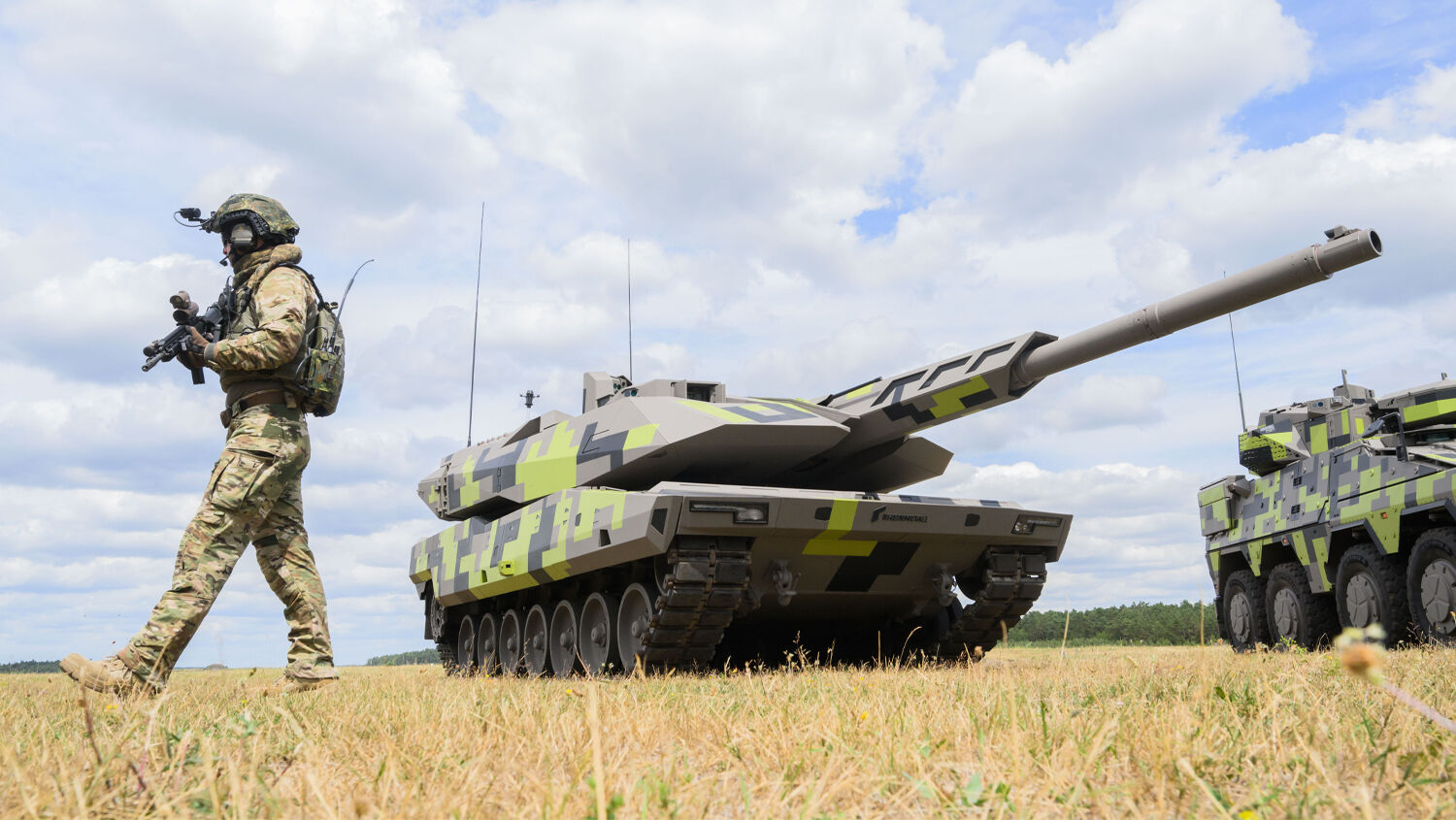
German Supertanks Are Coming
German arms manufacturers are working on two supertanks. In 2022, Rheinmetall presented a prototype of the Panther KF51 as “the world’s most advanced main battle tank.” Last December, it signed an agreement with the Hungarian government for joint development to serialize the tank by 2030. But the new tank may not hold its title for long.
German companies are also collaborating with France to produce a new tank. The project, called the Main Ground Combat System, is set to replace existing tanks by 2035.
Germany’s Leopard 2A7A1 is already competing for the title “world’s best tank” against its American and Russian counterparts. But Germany’s next generation of tanks will be even better.
Panther KF51
Rheinmetall announced on December 15 that the Hungarian government signed a contract to develop the Panther KF51 main battle tank through to production maturity.
“We’re delighted to have reached another important milestone on the path to producing next-generation fighting vehicles in Hungary,” said Armin Papperger, ceo of Rheinmetall. “The Panther KF51 is the world’s most advanced main battle tank. It sets a new standard for the combat effectiveness of mechanized formations, while delivering a high degree of future adaptability.”
The newly designed tank addresses one of the biggest weaknesses armored vehicles have experienced during Russia’s war on Ukraine: projectiles from above.
It is equipped with a protection system to intercept incoming missiles, and it is capable of remotely using drones and unmanned vehicles. Its shots reach farther and hit harder than those of comparable tanks. Among its most important innovations is the 130-mm gun, which is believed to be capable of penetrating the front armor of the latest Russian tanks. (The version Hungary is working on will be armed with Rheinmetall’s 120-mm gun, with the potential to be upgraded to the new 130-mm gun.)
The Panther is set to be operational by 2030.
Main Ground Combat System
“This is more than a milestone; it’s a historic moment,” German Defense Minister Boris Pistorius said on March 22, when announcing the Main Ground Combat System. “Today we have achieved a breakthrough, an expression of the significance, strength and opportunities of Franco-German cooperation and friendship.”
This joint tank project is designed to succeed Germany’s Leopard and France’s Leclerc tanks. Germany’s Krauss-Maffei Wegmann and France’s Nexter Defense Systems merged into knds to work on the project. While Germany will take the lead in this project, France will take the lead on the Future Combat Air System, which includes the production of a next-generation fighter jet.
French Defense Minister Sébastien Lecornu said this will mark a “generational leap forward in technological terms.” The new main battle tank will have robots, laser weapons, drones and artificial intelligence. Pistorius added that the project is “complicated, far-reaching and difficult, because we’re literally entering uncharted territory.”
The new tank is set to be operational in 2035. knds has proved it’s willing to work quickly, producing a prototype by 2018 that was already superior to Germany’s and France’s current tanks.
Rising From the Underground
The Trumpet expects Germany to take the lead militarily as German arms manufacturers collaborate more with each other and their European counterparts.
A World War ii intelligence document from 1944, which was declassified in 1996, showed that Germany’s most prominent arms manufacturers were ordered to go underground after the war. The document states: “Each industrialist must make contacts and alliances with foreign firms, but this must be done individually and without attracting any suspicion.”
The orders prepared Germany for remilitarization. These arms manufacturers work independently for the most part, but as crises intensify, the incentive to collaborate will increase. When these manufacturers unite, the sudden industrial might will shock the world.
But how can we know the Nazi underground’s plans are still being executed today? Bible prophecy gives the answer as Trumpet editor in chief Gerald Flurry discussed in his recent Key of David program “The German Nazis Went Underground.”
